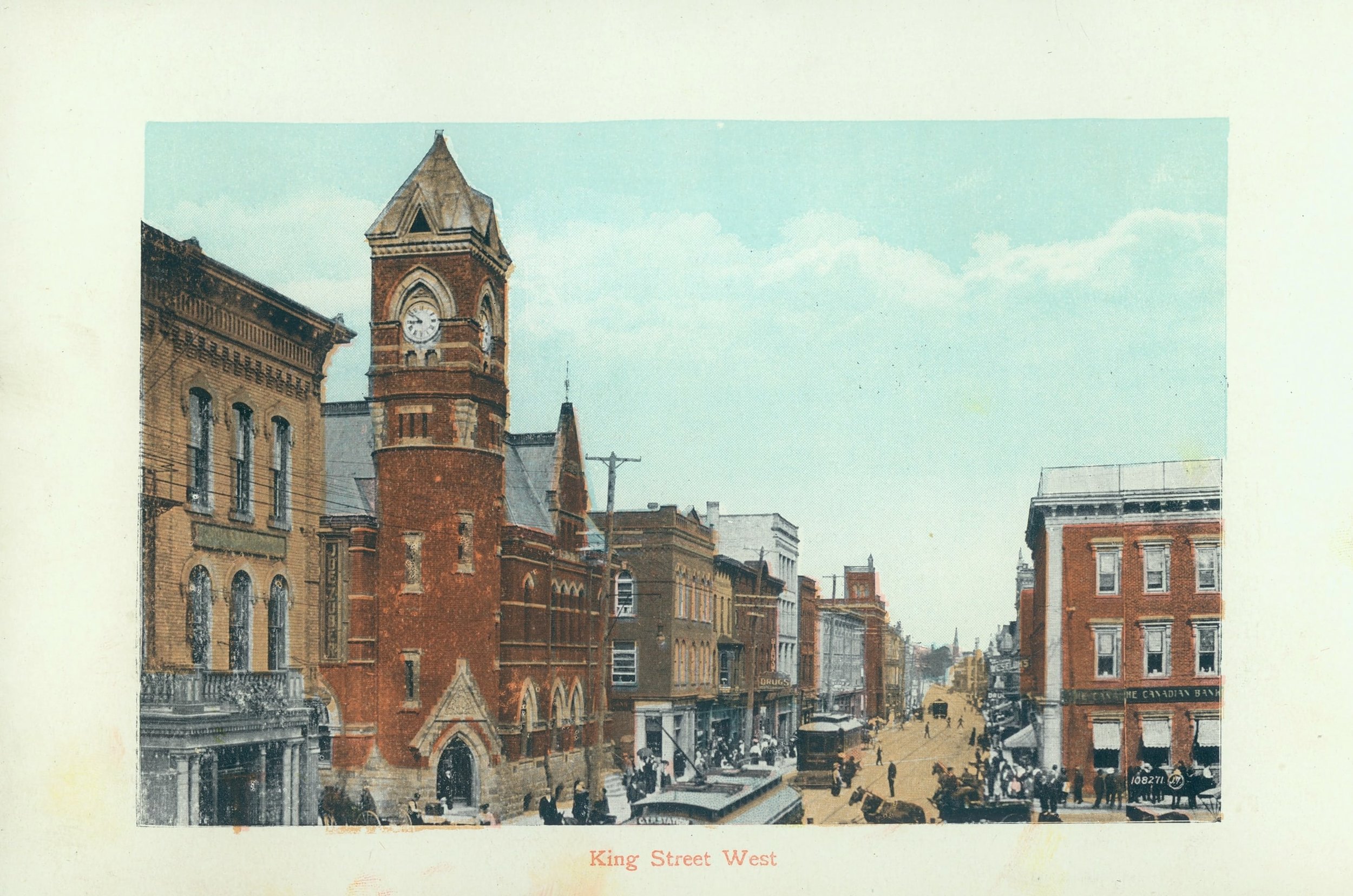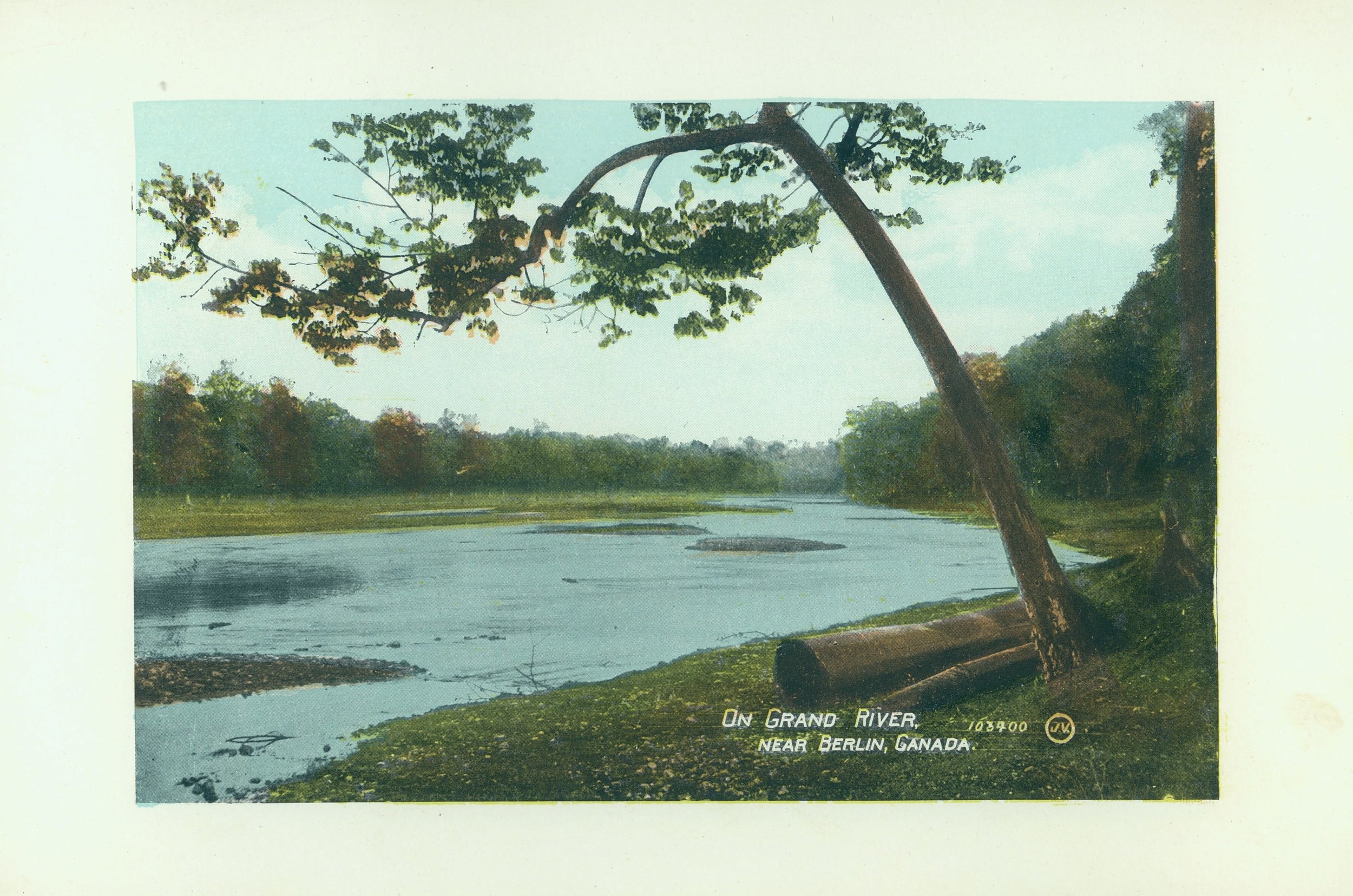In the early seventies, amidst political upheaval, inflationary pressures and stagnant economic growth, the richest family in America (at the time), the Hunt family of Texas, tried to corner the market on precious metals. As a way to hedge themselves from the rampart printing of dollars the US government was doing, the Hunts decided to accumulate large amounts of hard asset investments. Since gold could not be held by private citizens back then, the Hunt brothers focused on silver.
In 1979, the Hunt brothers, along with a group of wealthy Arabs, formed a pool buying silver and silver futures. The Hunt brothers used their positions in silver futures to acquire more of the physical metal. As cash was continually losing value due to inflation, the Hunts decided to settle their long silver futures contracts with delivery of silver, instead of cash settlement. Before too long, they had amassed over 200 million ounces of silver which was about half of the world’s supply.
Prices soon started to appreciate. When they started, the price of silver was below $5/oz. By late 1979 prices had increased tenfold and were trading near $55/oz. As prices went higher and new buyers got into the market, the exchanges became increasingly fearful of defaulting. As the Hunts owned 77% of the world’s silver, either in physical form or futures contracts, the market had been cornered. The Hunts’ $1 billion investment was now worth around $4.5 billion.
The U.S. government became concerned over what it saw as a clear attempt at manipulating the nation’s silver reserves. Federal commodities regulators introduced special rules to prevent any more long position contracts from being written or sold for silver futures. This stopped the Hunts from increasing their positions by temporarily suspending the fundamental rules of the commodities market.
The Hunt name, however, kept them afloat with easy terms on more short-term capital. The Federal Reserve then took an unusual step: it strongly encouraged banks to stop making loans for speculative activity. When it became clear that the government was after the Hunts’ scalps, their credit dried up. Concerns that the Hunts might not be able to meet margins with new loans and would go under (pulling several brokerages and banks with them), put further downward pressure on the price of silver. On March 27, 1980, the Hunt brothers finally missed a margin call and the market plunged; silver led the way, dropping to under $11 from its high of $48.70.
Government officials considered a bailout to prevent systemic chaos. The action was vetoed, however, because the government agencies didn’t want to be seen as underwriting dangerous financial speculation. In the end, the Hunt name held true, and the brothers arranged a private bailout from a consortium of banks and companies. The Hunts were dragged in front of Congress, scolded, charged with manipulation, fined, fined again and forced into bankruptcy. It took nearly a decade for them to unwind all their silver holdings and satisfy creditors, and the final bill left them billions poorer.
Contributed by Taylor Cook








